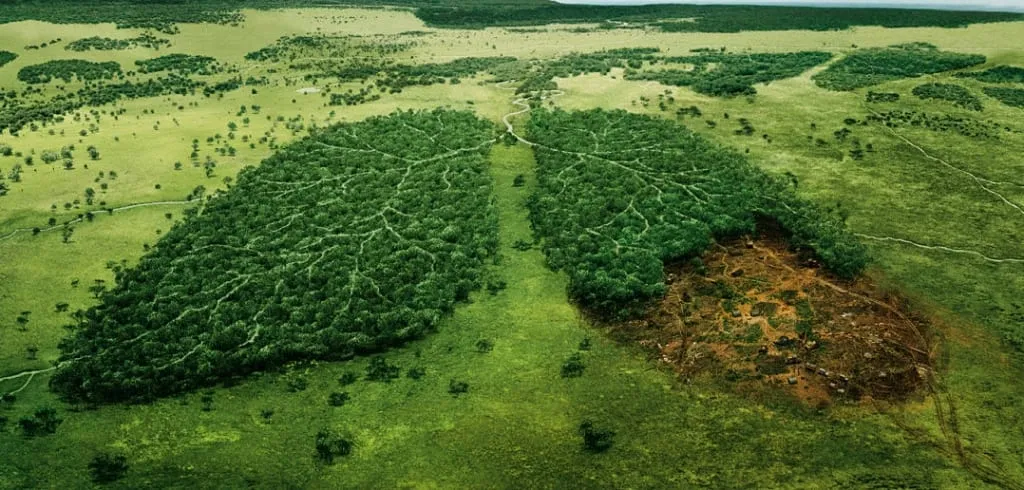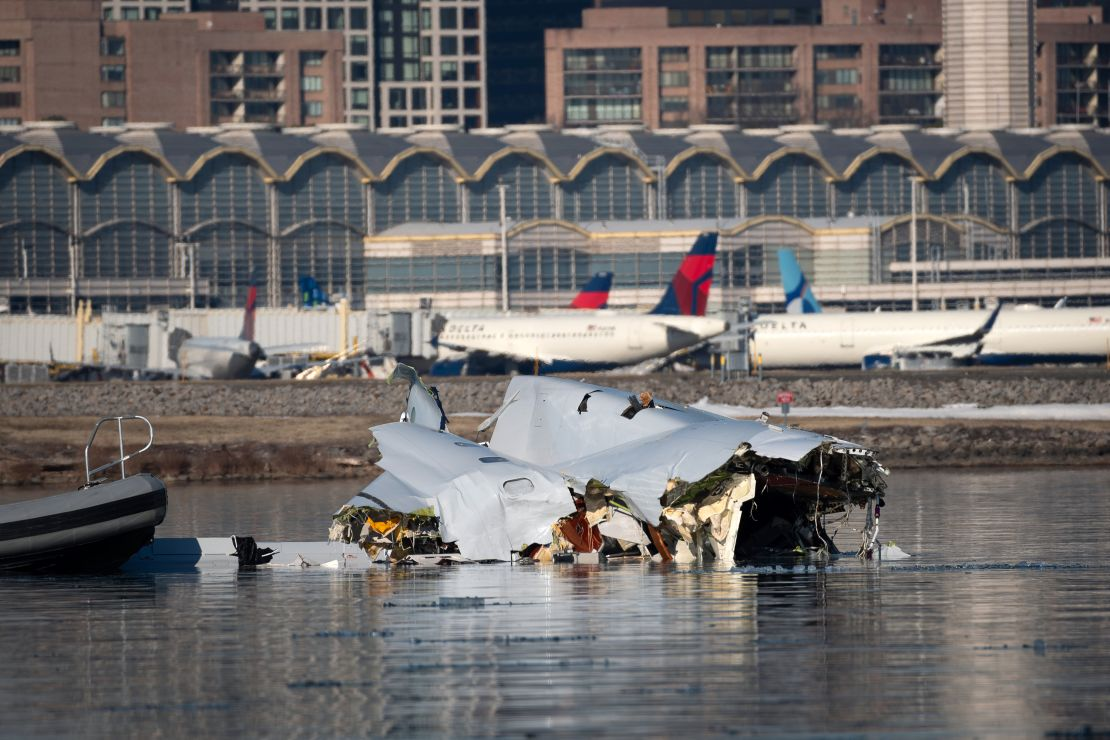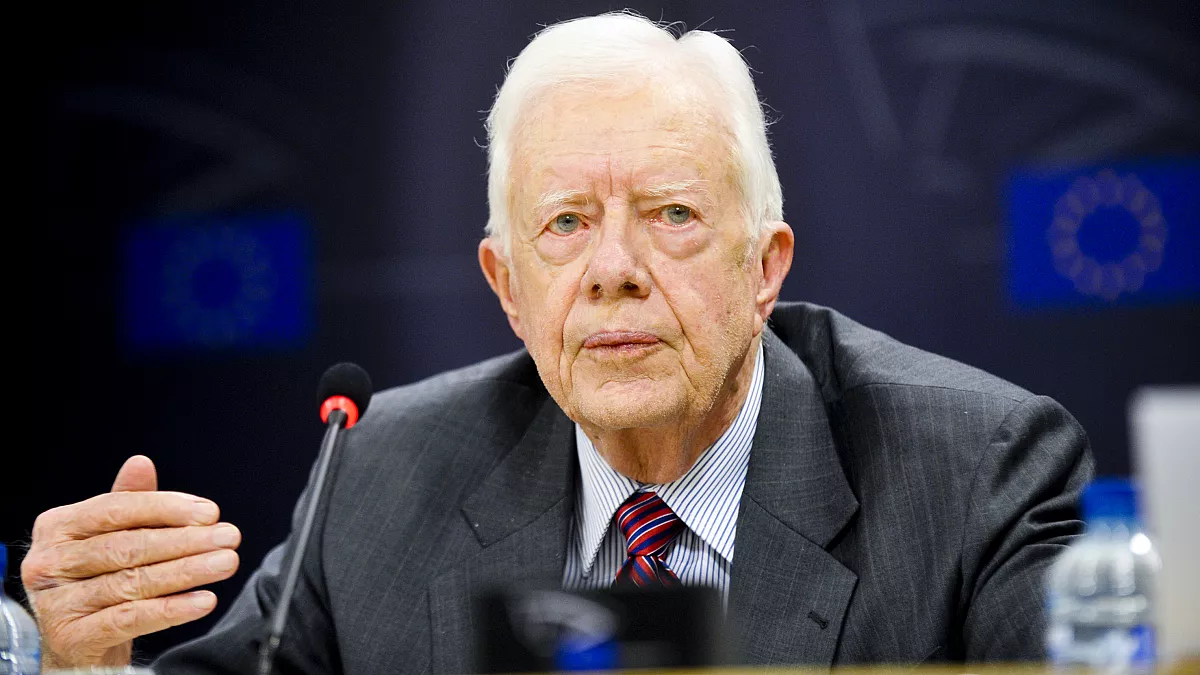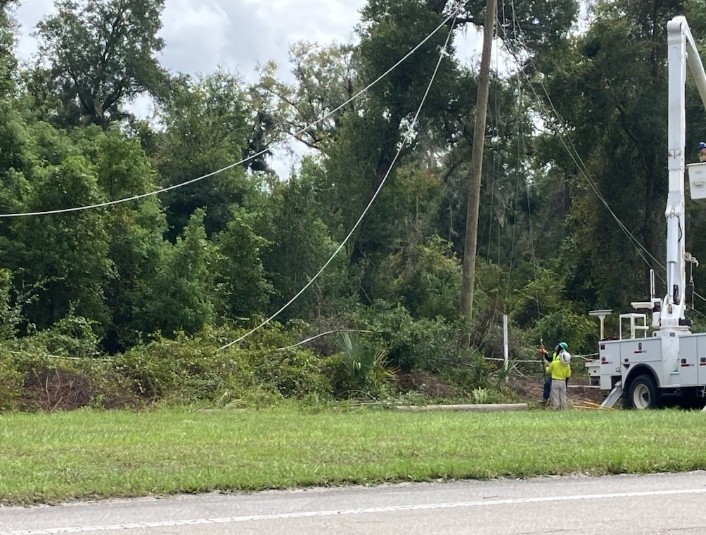The clearing, destroying, and removal of trees, also known as deforestation, negatively impacts the environment as well as society. Land is stripped of their trees to collect the wood as a resource or to clear the land for construction purposes. However, deforestation doesn’t just occur because of human activity. Natural disasters, including forest fires, droughts, and floods, are also common reasons why land loses forested areas.
The Amazon rainforest, home to countless species of animals and plants, has and continues to lose much of its richly forested areas and the biodiversity within it. As forested areas are cleared for farming and livestock, much of the rich variety of plant and animal life is lost forever. Many species that lose their habitats run the risk of going endangered or extinct. In addition to the impact on plants and animals, forested areas also play a critical role in regulating the climate by absorbing carbon dioxide. When forested areas are cleared, not only is the land not able to absorb carbon dioxide, but much of the carbon dioxide already absorbed is often released back into the atmosphere. This increase in carbon dioxide in the atmosphere results in a gradual warming of the planet and the increased occurrence of stronger weather events like hurricanes. Forests are also important in maintaining the water cycle and in the prevention of erosion. Deforestation can lead to changes in the pattern of rainfall, a deterioration of water quality, and the increased chances of flooding and landslides.
The loss of forested areas can also have a terrible impact on indigenous communities who often rely on forests for their lives and livelihoods. Deforestation can negatively impact these communities by removing their sources of food and income. In addition to the loss of the natural resources many forests supply, deforestation can also affect local industries like tourism. The consequences of deforestation are wide ranging and, whether it is obvious or not, impact everyone on the planet.













